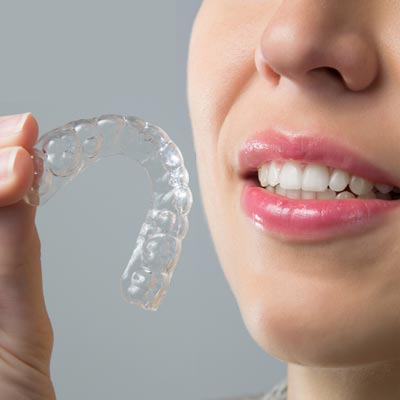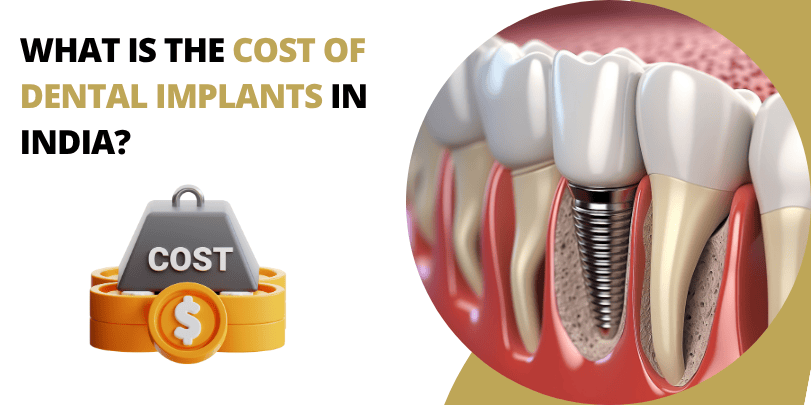Invisalign braces or clear aligners are made of polyurethane plastic. Since they are made of plastic they are almost invisible giving a very clear effect. These invisible braces are used for less severe orthodontic issues.
Ceramic braces or clear braces have brackets that are made of ceramic. The brackets are designed to match the color and texture of teeth.
Since both of these braces give clear effect, some people find it hard to differentiate between them.
Here are some of the differences between Invisalign and Ceramic braces:
- Clear aligners are bracket-less: The Invisalign braces to not have brackets like ceramic braces.
- Clear aligners are more transparent: The reason behind the popularity of Invisalign braces is that they are almost invisible due to their transparent look. On the other hand, the brackets of the clear braces may blend with the color of teeth but they are not invisible.
- Clear aligners are removable: The Invisalign braces can be easily removed while eating, brushing and flossing. Whereas, clear braces make it difficult to eat, brush and floss as they are fixed.
- Ceramic braces require fewer adjustments: Once the ceramic braces are fixed to your teeth, you will need to visit your dentist in every four weeks to adjust the brackets. On the other hand, the trays of the Invisalign are required to be changed in every two weeks.
- Clear aligners are not for extensive cases: The clear aligners can treat less crooked teeth, gapped teeth, misaligned bites; but they cannot treat extensive cases like extremely crooked teeth, cross-bites, and malocclusions. However, for extensive cases, clear braces can work wonders. In addition to this, if you remove your Invisalign braces very frequently or fail to wear them for at least 22 hours a day, then your orthodontic treatment may not become successful. But with ceramic braces, the chances of your orthodontic treatment becoming successful are relatively higher.
- Clear aligners are flexible: Invisalign braces are made of plastics which make them flexible. This flexibility prevents them from chipping or breaking. On the other hand, clear braces or ceramic braces are a little brittle; therefore prone to chipping or breaking.
- Clear aligners are smooth: Since clear aligners are made of plastics; they are quite smooth in texture. On the other hand, clear braces are a little rough and tend to cause irritation on gums and lips.
- Clear aligners do not stain teeth: The Invisalign braces cover the entire tooth surface thus preventing them from stains. On the other hand, clear braces may stain the teeth if you consume foods with strong pigmentation like coffee, tea or wine and also if you smoke a lot.
 Australia No
Australia No Canada No
Canada No India Toll Free No
India Toll Free No UK No
UK No USA No
USA No















